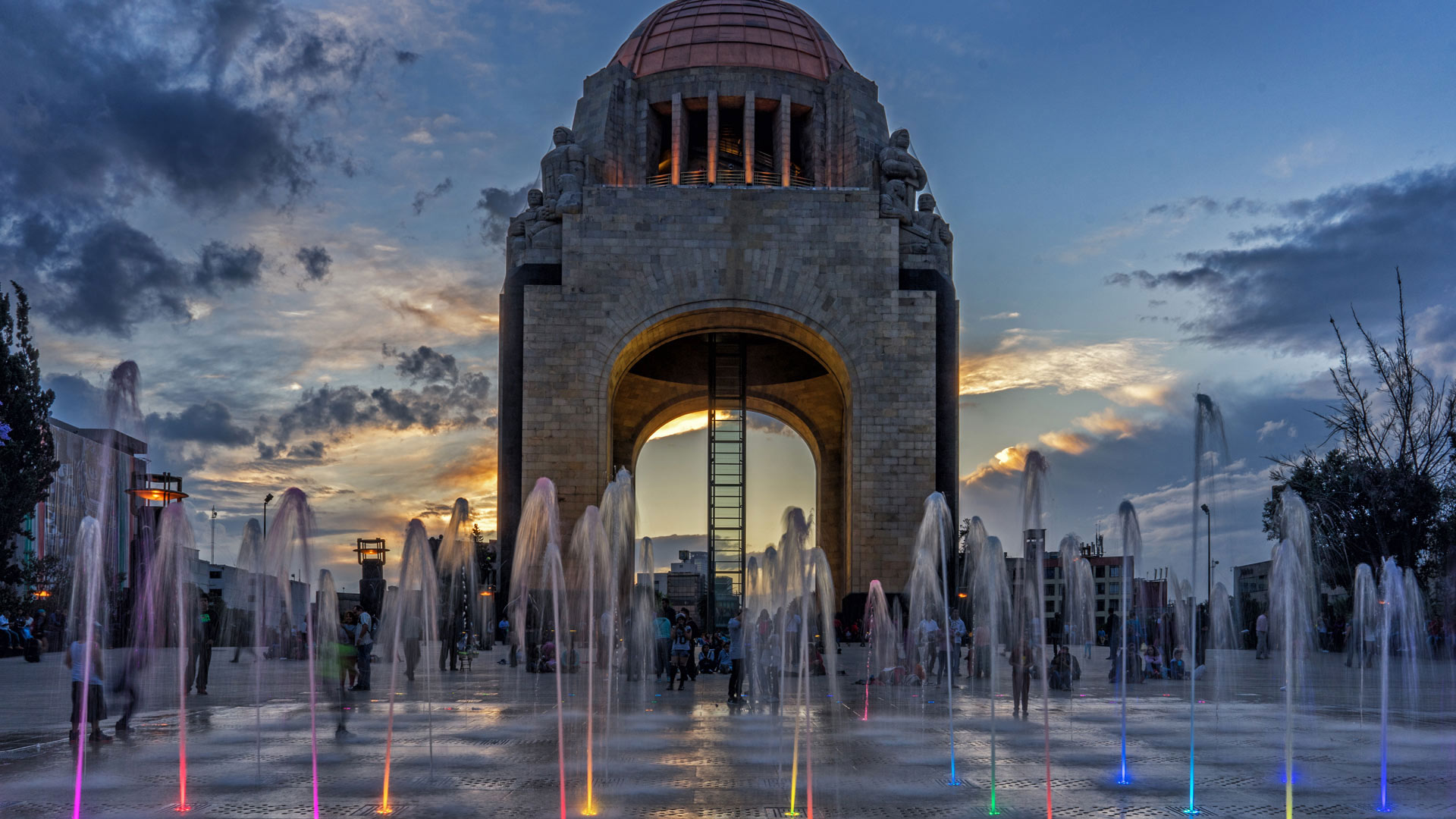Polychlorinated biphenyls (PCBs) are a group of man-made chemicals that were commonly used in a variety of industrial applications, such as electrical transformers and capacitors, until their production was banned in the United States in 1979 due to their harmful effects on human health and the environment. PCBs are known to be carcinogenic and can cause a range of adverse health effects, including developmental disorders and reproductive issues.
One common method for disposing of PCB-containing materials is incineration, which involves burning the material at high temperatures. While this method is effective at destroying the PCBs, it also has a number of drawbacks. Incineration releases toxic byproducts into the air, such as dioxins and furans, which can pose significant risks to human health and the environment. Additionally, incineration can be costly and may not always be a feasible option for certain materials or in certain locations.
Fortunately, there are a number of alternative methods for dealing with PCB-containing materials that are safer and more environmentally friendly than incineration. Here are a few examples of these alternatives:
1. Chemical Treatment: One alternative to incineration is chemical treatment, which involves using solvents or other chemicals to break down the PCBs into non-toxic substances. This method is less harmful to the environment than incineration and can be more cost-effective in some cases.
2. Thermal Desorption: Thermal desorption is a process that involves heating the PCB-containing material to high temperatures in a controlled environment to volatilize the PCBs, which can then be captured and properly disposed of. This method is more environmentally friendly than incineration and can be used in situations where incineration is not feasible.
3. Solvent Extraction: Solvent extraction is another alternative to incineration that involves using solvents to dissolve the PCBs from the material. The PCBs can then be separated from the solvent and disposed of properly. This method is less harmful to the environment than incineration and can be more cost-effective in some cases.
4. Bioremediation: Bioremediation is a natural method for breaking down PCBs using microorganisms, such as bacteria or fungi, that can metabolize the PCBs into non-toxic substances. This method is environmentally friendly and can be effective in certain situations, such as cleaning up PCB-contaminated soil or water.
In conclusion, while incineration may be a common method for disposing of PCB-containing materials, there are safer and more environmentally friendly alternatives available. By considering these alternatives, we can protect human health and the environment while effectively managing PCB waste. It is important for businesses and industries to explore these alternatives and choose the most appropriate method for their specific situation to ensure safe disposal of PCBs.






